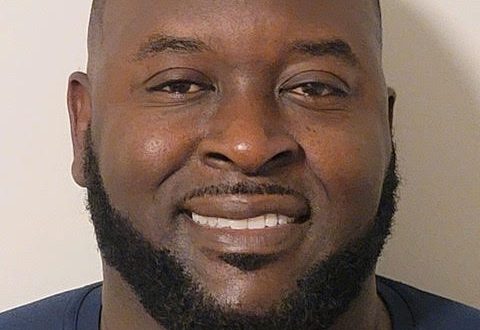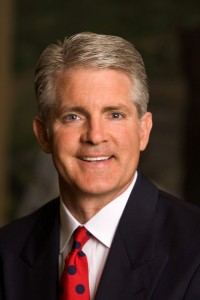By Dallas McKinnon, In conjunction with Lincoln Financial Advisors/Sagemark Consulting, a division of Lincoln Financial Advisors, a registered investment advisor.
You have an estate plan; you probably even remember creating it—making the decisions and pulling together the documents was probably a time-consuming and tedious effort. The initial process of creating an estate plan can be so painful and involved that people may avoid reviewing it again for years.
But your estate plan does not exist in a vacuum. Life events such as marriage, separation, divorce, births, deaths, relocations and tax law changes all impact your estate planning needs. By revisiting key elements of your estate plan annually, you can correct errors, make adjustments for life changes and guarantee that your current wishes are known. Here are some items to review:
Friends & Family
- Beneficiary designations. Be sure that life changes make your beneficiary designation selections relevant and that they still reflect your current desires.
- Legal roles. Are your powers of attorney and estate executor(s) still competent and can they represent you? Have either of you relocated, causing you to consider if someone living locally could carry out the responsibilities more efficiently? Some states have updated their forms and require a redrafting of your power of attorney; talk to your financial planner about your situation.
- Long-term care insurance. Every person moving toward retirement or working in their sunset years should consider long-term care insurance. All you have to do is the math on the economic impact to a family of a nursing home stay. Long term care insurance can be an inexpensive alternative if the right policy is purchased at the right time.
Review of Assets
- Property titles. Have you established ownership and survivorship in the way you intended? Is it supported by current state titling laws?
- Business succession plans. A significant number of buy-sell agreements call for annual revaluation of the business that most people forget about. Not having an updated appraisal presents two concerns: You don’t have a current figure for the value of your business for your own planning, and in the event an owner or partner dies, an arbitrator without a true sense of the business will negotiate the reappraisal.
- Life insurance. Do you still need your current policy; do you need a different policy? Is the policy performing as originally illustrated? Policies are affected by interest rates and the investment options. If you expect the policy to provide for a particular need, it is important to review its performance annually.
Legacy Instructions
- Will. Your will is less likely to be contested as outdated if you have updated it every few years with your attorney.
- Ethical will/letter of instruction. Does the letter you have drafted still reflect the message that you want to leave your heirs? Have there been changes to your will or estate planning that you want to explain or emphasize.
Staying Current
- Tax law changes. Talk to your financial planner and accountant at least three months before the end of the year to see if tax law changes will negatively impact your current plan, you will have time to make any necessary adjustments.
Organization Eases the Task
Though it can be time consuming, it’s worth organizing your legal documents in a way that makes them easy to review and update. Be sure to keep these documents in a safe or fire-proof cabinet:
- Document finder. Lists your legal documents and where they are stored. If access requires a key or password, include instructions on how to find them.
- Estate planning summary. Includes a list of professional advisors and passwords for each account (including Web access). Adding the dates the documents were created can help prompt you to keep wills, powers of attorney and health care proxies up-to-date.
- Net worth statement. Describes every asset, including account numbers, titling, beneficiaries and current value. This statement identifies areas for in-depth review and serves as an overview for your estate executor.
These documents ease the access of information for those who—in the event of an emergency, or if you become incapacitated—will need to know where to find your estate plan and the legal documents that will guide them in support of your wishes. Creating an estate plan is just the first part of managing your future; keeping it up to date is essential for the long-run.
Do It Right, Do It Now
Dallas McKinnon is a CERTIFIED FINANCIAL PLANNER™ and President of McKinnon & Associates Private Wealth Services in Redlands. He has lived in Redlands and helped his clients in the Inland Empire for over 20 years. You can reach him at 909 363-4026 or at www.McKinnonandAssociates.com
 Westside Story Newspaper – Online The News of The Empire – Sharing the Quest for Excellence
Westside Story Newspaper – Online The News of The Empire – Sharing the Quest for Excellence










